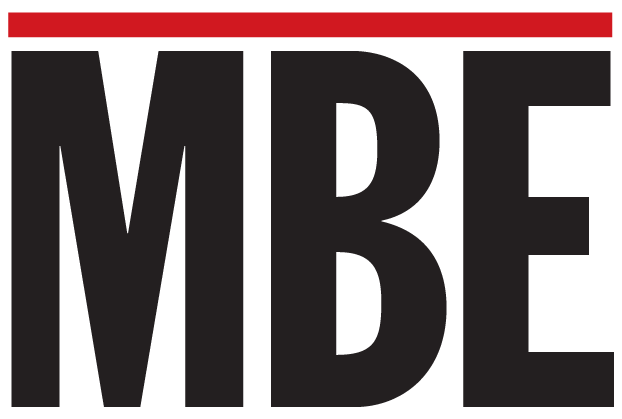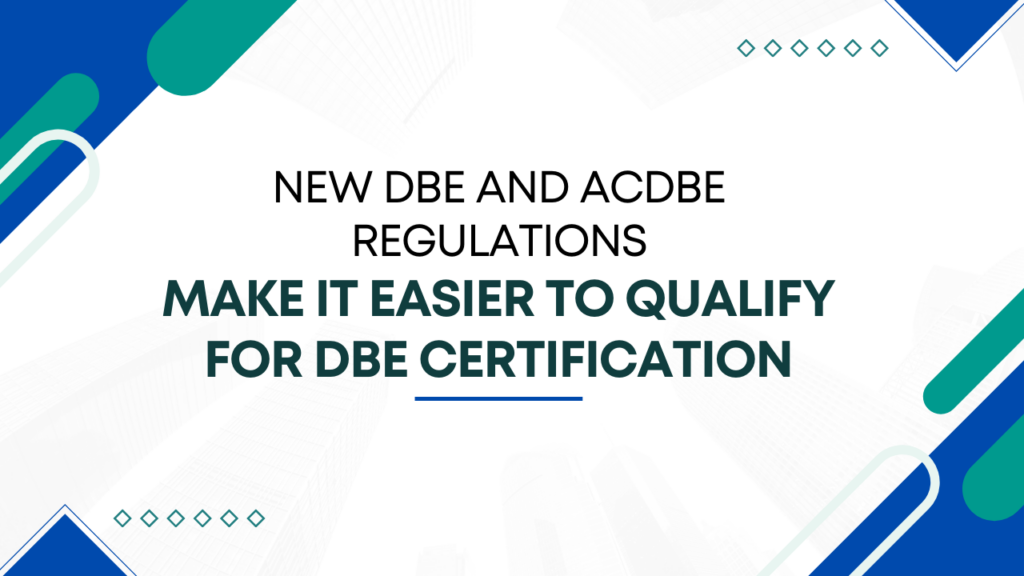
The one nugget of information contained in Squarespace’s most recent 30-second Super Bowl advertisement is that Squarespace is a website that makes websites. For anyone who wasn’t already aware of the $3 billion company, that’s an expensive but useful bit of top-of-the-funnel marketing. The rest of us could be heard screaming at our televisions in unison: “That ad…in this economy?”
When budget cuts hit a company’s advertising budget, there is a temptation to emphasize immediate sales over future sales, to focus on conversion-oriented marketing rather than brand awareness. The temptation is understandable. For some organizations, the revenue-driven pressure to activate new customers may never be higher than it is now.
Yet even though your advertising budget might have changed, what motivates your customer’s behavior likely hasn’t. Despite your budgetary constraints, consumers didn’t suddenly change their behaviors. The core questions guiding your advertising philosophy―who is the audience you’re trying to influence and what motivates them?―should lead marketers to strike a balance that addresses both a short- and long-term approach, even as they manage their own financial matters.
Here’s a closer look at the arguments behind each approach:
The argument for brand
Brand engagement creates an emotional experience as well as a visual shortcut in peoples’ minds that ties back to what an organization or product can do for them. Maybe that means Adam Driver spontaneously generating copies of himself in a surreal desert, maybe not. In any case, emphasizing brand means emphasizing emotions and perceptions of your organization or the products you sell.
The upside to emphasizing brand marketing: it’s often how a potential customer or client arrives at conversion—starting with brand awareness and recognition. It plays an important role in the long-term success of your business. Even if you’re already “known”, it keeps you relevant.
The downside: Years, even decades, might be needed to build a memorable impression. The long game is, well, long. In the era of job-hopping and short attention spans, emphasizing the long view can test the patience of an organization’s leaders. That said, stopping the process also creates a need to re-establish efforts after you stop.
The argument for conversion activities
At a time when sales are needed, conversion/activation marketing can address immediate business goals, including generating sales for specific products and services. There is always an audience looking for a reason to activate. One popular mantra: “If we aren’t connecting with them, someone else is.”
Conversion emphasizes the short game, the immediate result, the quick sale. There is always revenue-driven pressure on activation, especially when economics and/or the financial performance is leading the discussion. Compared to brand engagement, conversion-oriented marketing is more likely to drive sales now, which might deliver valuable results to your organization’s top and bottom lines. It’s great for events, sales, and new product introductions. A call-to-action effort is most impactful when you’ve established brand recognition and trust.
The balanced approach
Let’s look at this from the consumer perspective. Typically, there are stages a consumer goes through before they make a purchase. Showing them one ad that instantly results in a purchase is rare. Most individuals undergo a journey of some type that carries them from awareness and attraction to research to familiarity to consideration, and finally to purchase.
What would a strategy optimized for the consumer’s perspective look like?
We often talk about brand and conversion efforts as independent silos in competition for scarce marketing resources. In reality, combining these efforts into a complementary, audience-focused strategy will maximize results. A brand strategy creates awareness, develops a position, builds your audience’s trust, and conditions audiences towards an action through an activation campaign.
Placing activation ads everywhere might deliver immediate results but will not necessarily help you in building a brand—an effective first step toward generating growth. A wise marketing strategy will merge all the essential elements together, address your short- and long-term goals, as well as align to how your potential customer will recognize, align and respond to you.












